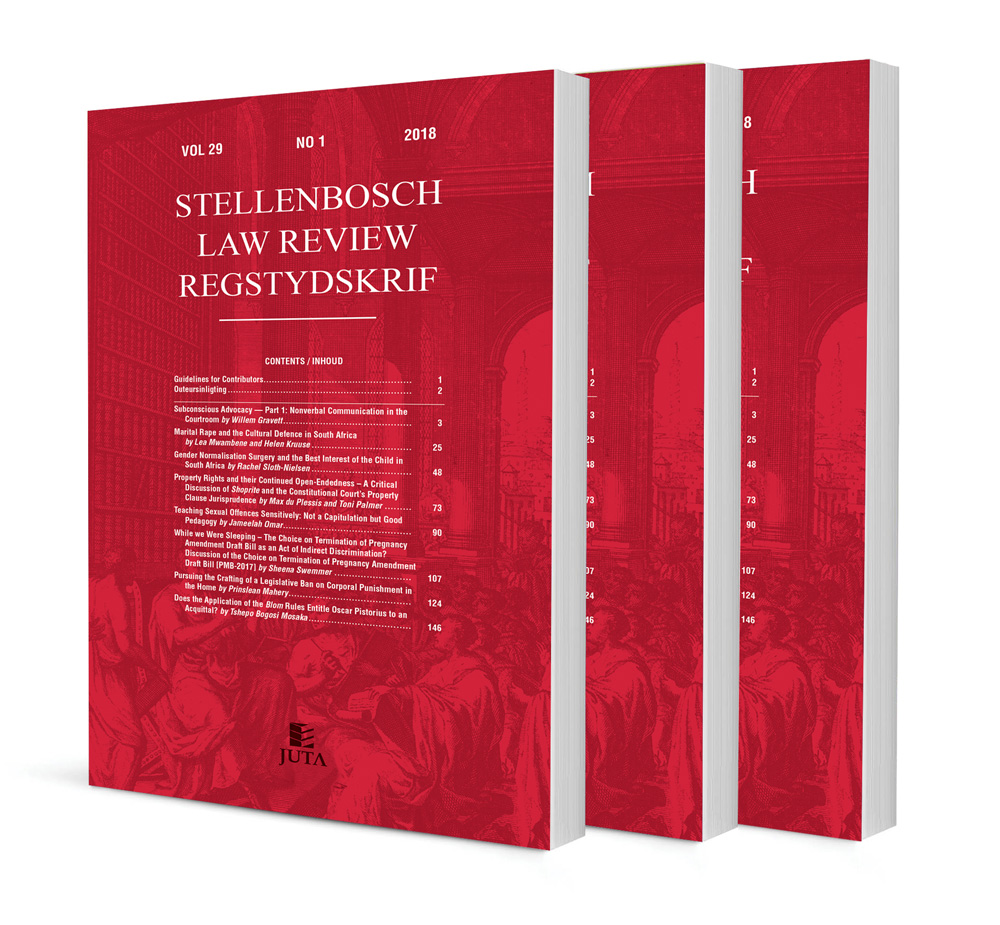Die effek van die abstrakte stelsel van eiendomsoorgang by bateverkope deur ’n kurator van ’n insolvente boedel

Die effek van die abstrakte stelsel van eiendomsoorgang by bateverkope deur ’n kurator van ’n insolvente boedel
Authors AL Stander, HJ Kloppers
ISSN: 1996-2193
Affiliations: Professor, Fakulteit Regte, Noordwes Universiteit, Potchefstroomkampus; Mede-professor, Fakulteit Regte, Noordwes Universiteit, Potchefstroomkampus
Source: Stellenbosch Law Review, Volume 30 Issue 1, 2019, p. 126 – 137
Abstract
The content, meaning and effect of the abstract theory of the transfer of ownership is that the underlying agreement can be irrelevant to the eventual transfer of ownership over a specific asset to another person. What effect can the application of the abstract theory have in insolvency law? Examples to illustrate the relevance of this question are where a person’s appointment as provisional trustee for some reason has not yet taken place, but he has already "sold" an asset from the estate to someone else; or where that person was provisionally appointed, but did not obtain the required consent to sell the asset from the estate; or he did not comply with the instructions of the creditors in connection with the sale of the asset. This position raises the following question: what is the relevance of the abstract theory of the transfer of ownership in insolvency law. According to the authors, the answer to the preceding questions is that if the provisional trustee was indeed properly appointed and authorised at the time of the real agreement, transfer of ownership will take place. This is the position despite the shortcoming in the underlying agreement. What effect does the application of the abstract theory have on the position where that trustee was properly provisionally appointed, but did not obtain the permission explicitly required by the Insolvency Act, to sell the asset from the estate? In such a case, there is indeed a defect in the real agreement, which can also compromise the transfer of ownership. This is also the case where the provisional trustee did not comply with the express instructions of the creditors in connection with the sale of the asset. The crux regarding the questions raised is to determine whether the trustee had valid authorisation or consent of the relevant parties, and only thereafter to assess whether this in any way had an impact on the intention of the parties. This is a consideration of the real agreement – not the underlying contract. This involves assessing all the surrounding circumstances from which the real agreement is derived.